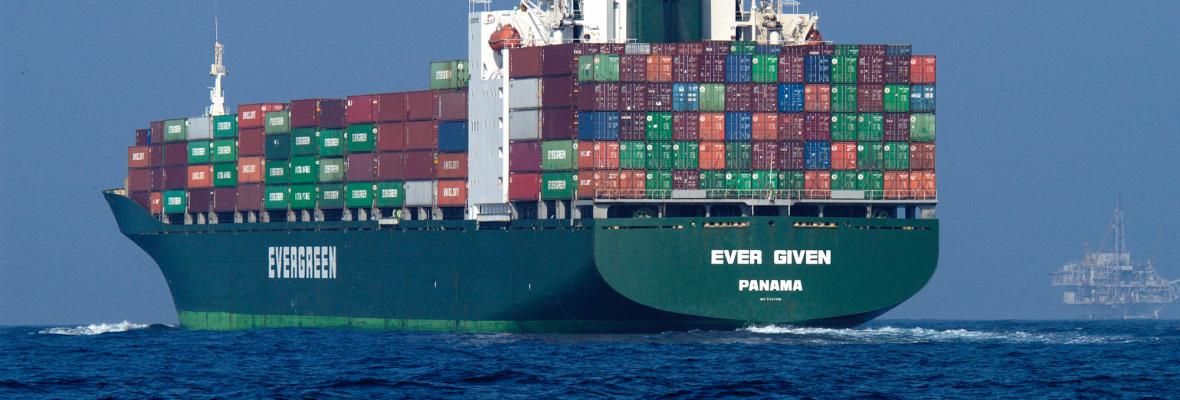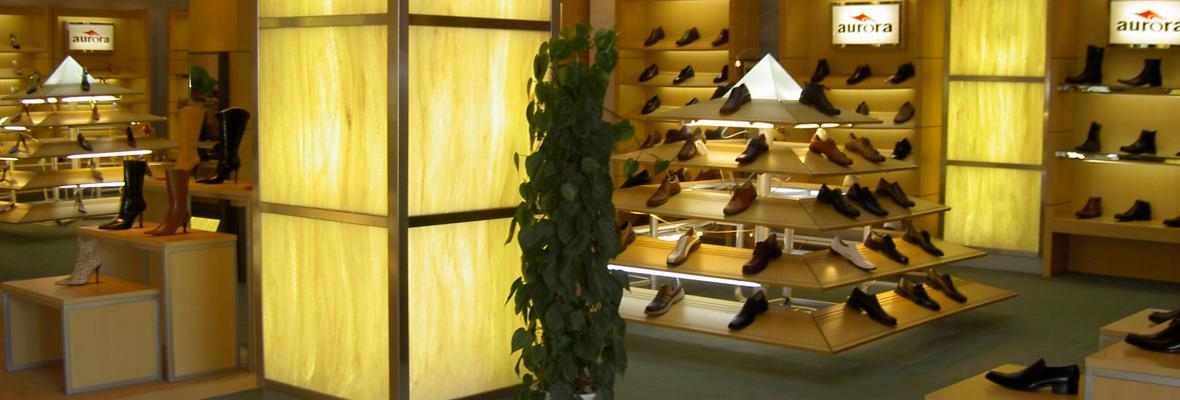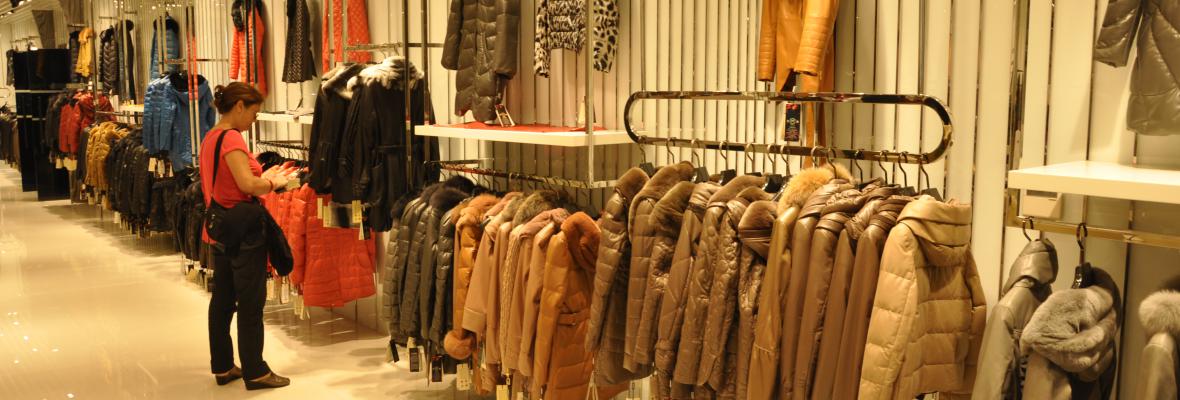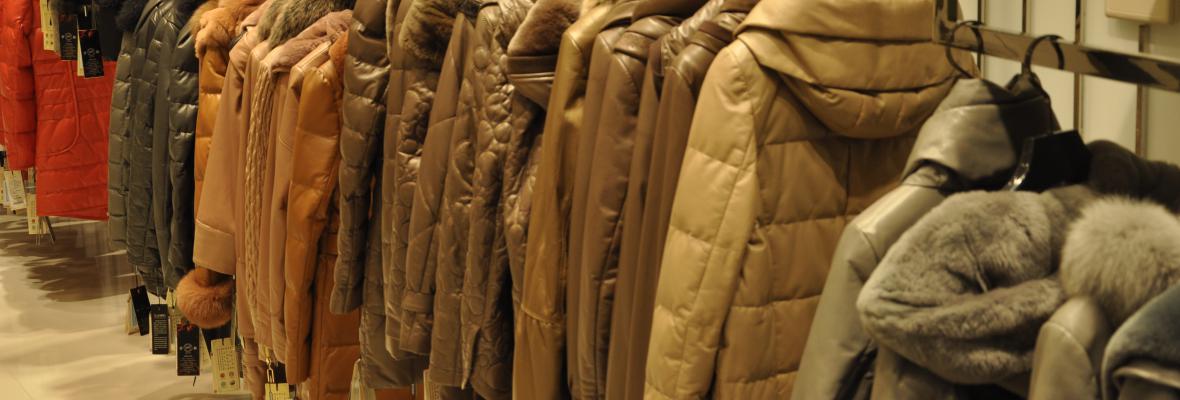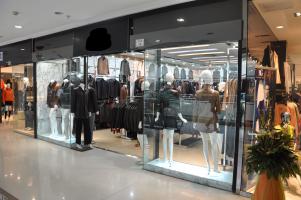You are here
Trade
The leather-based industry occupies a prominent place in the economy of many developing countries. Globalization of the leather trade led to extensive international supply of (semi)finished leather and various leather products. As only small fraction of the leather and leather products is produced for the local markets, trade and trade patterns are important elements for the development of the leather value chain.


